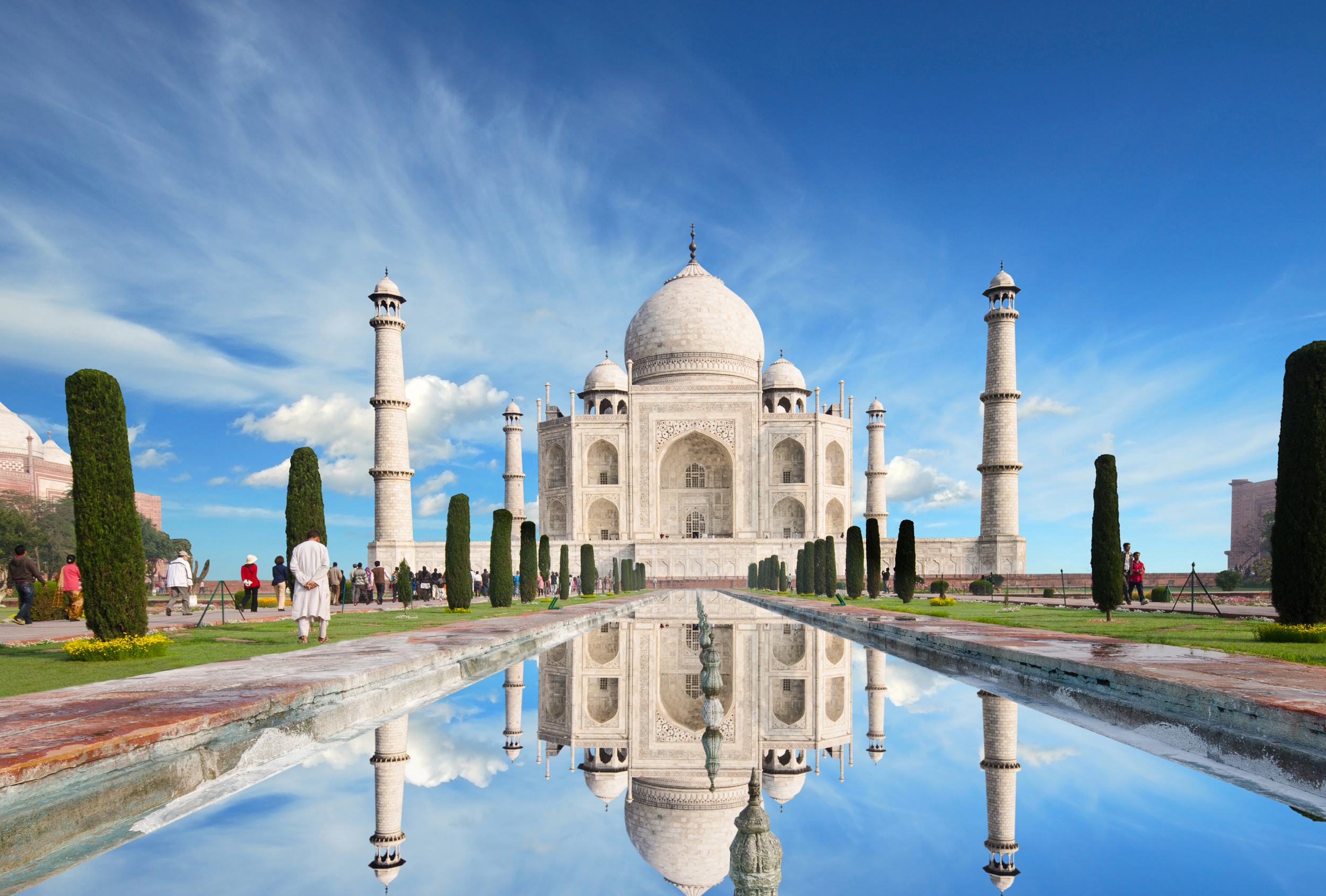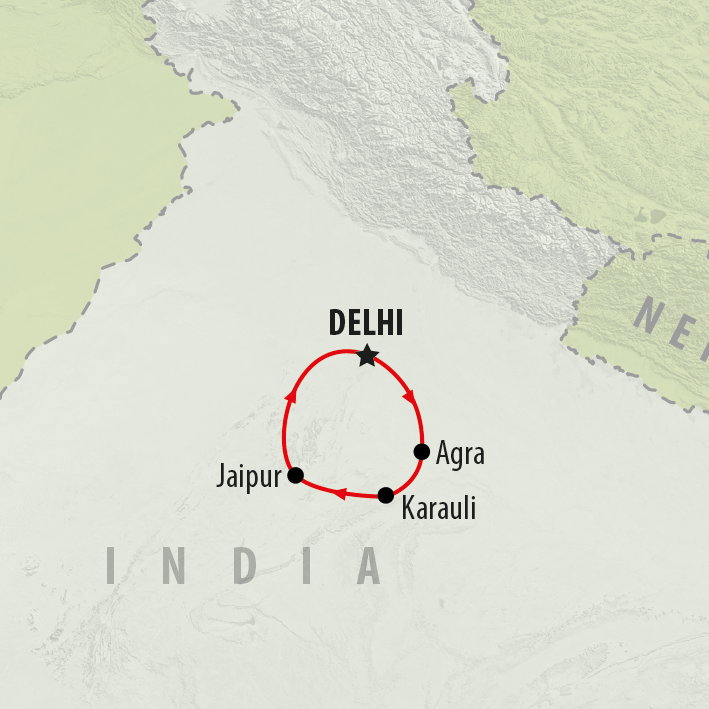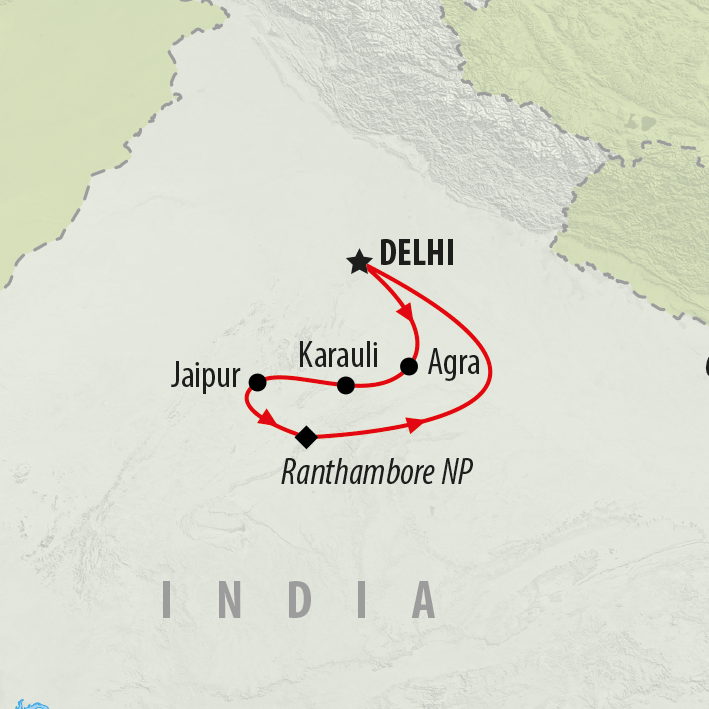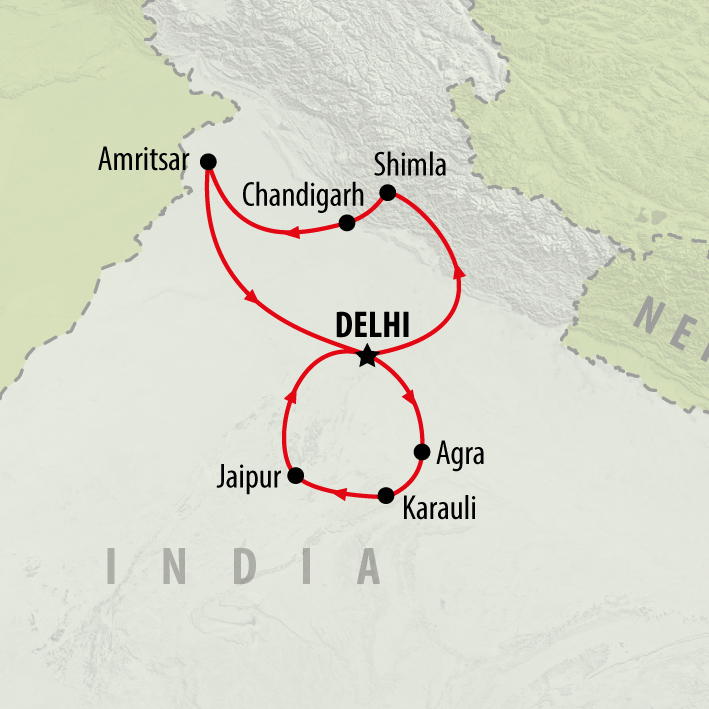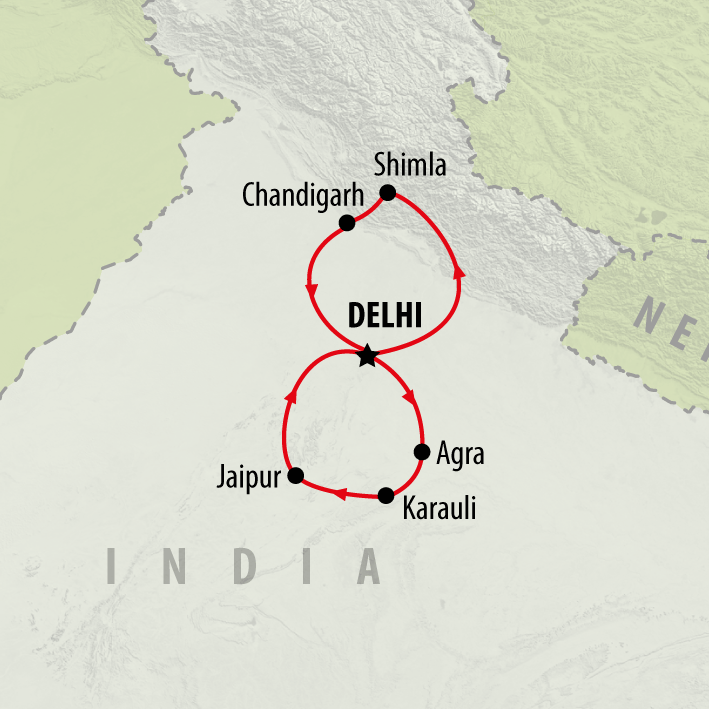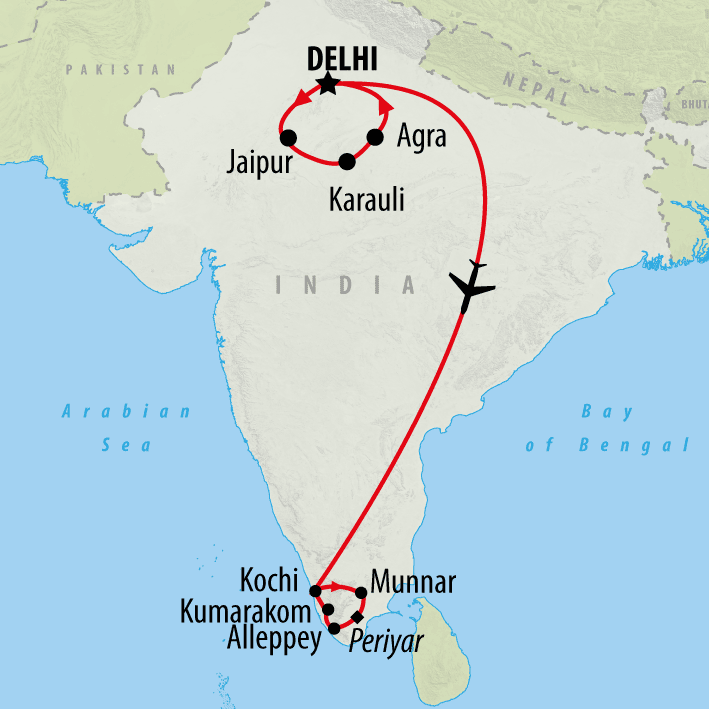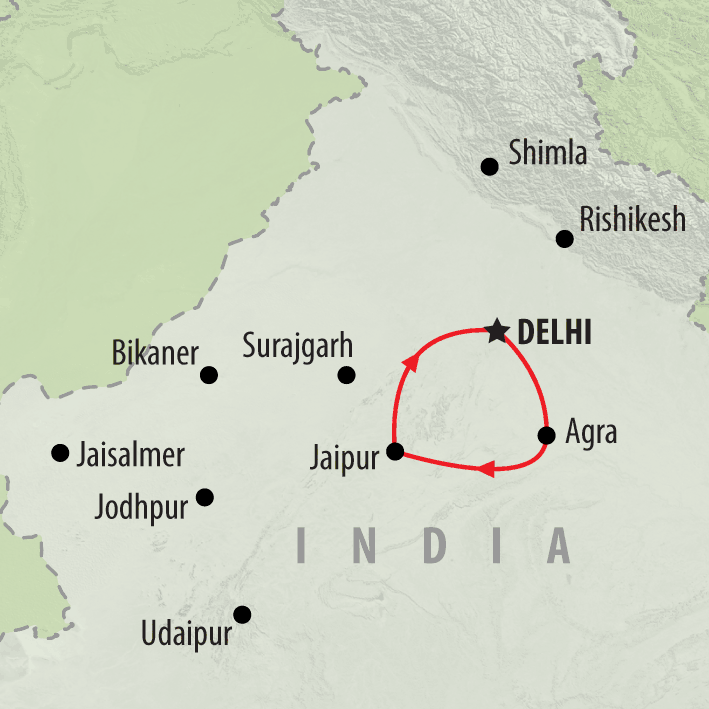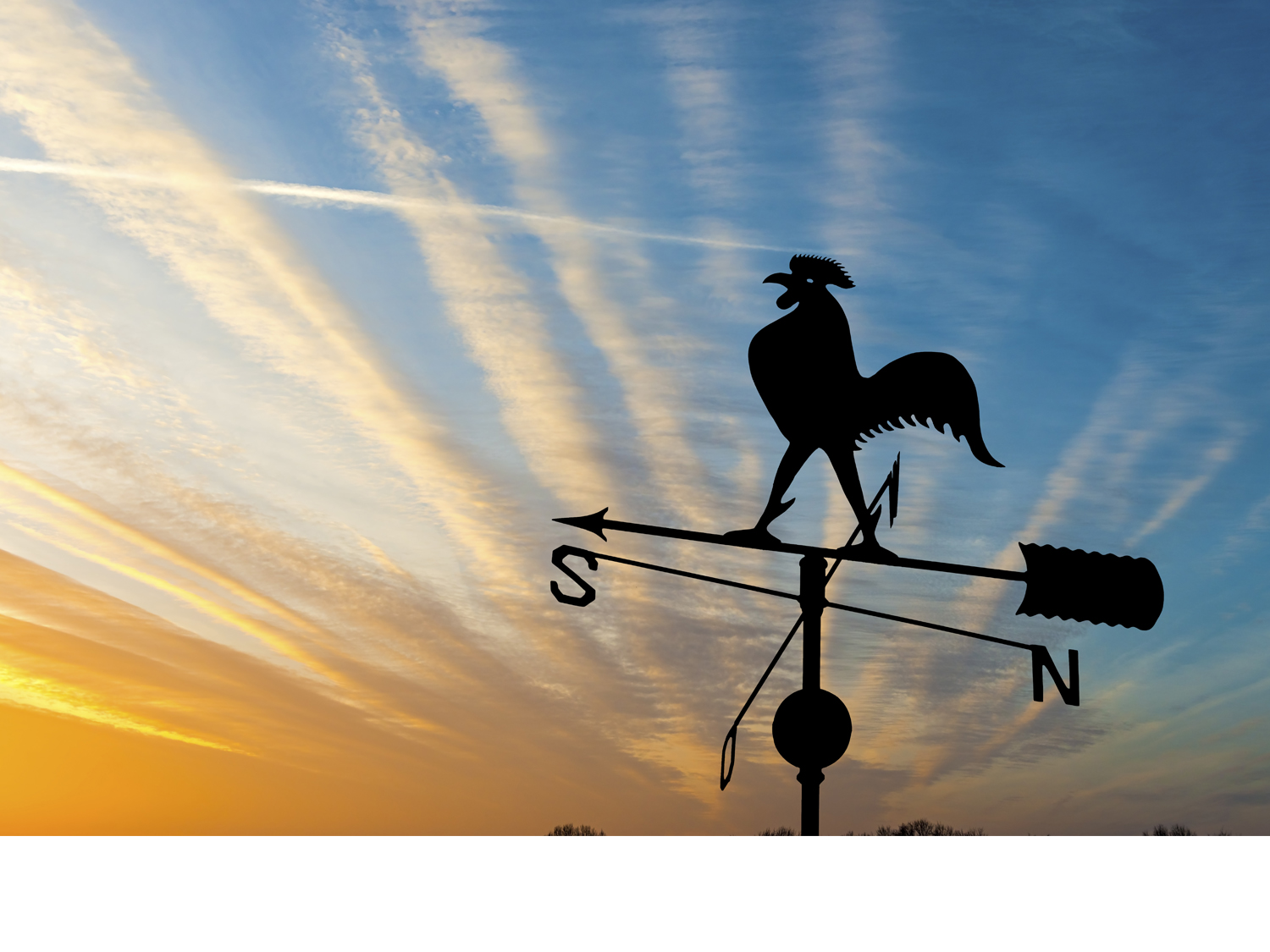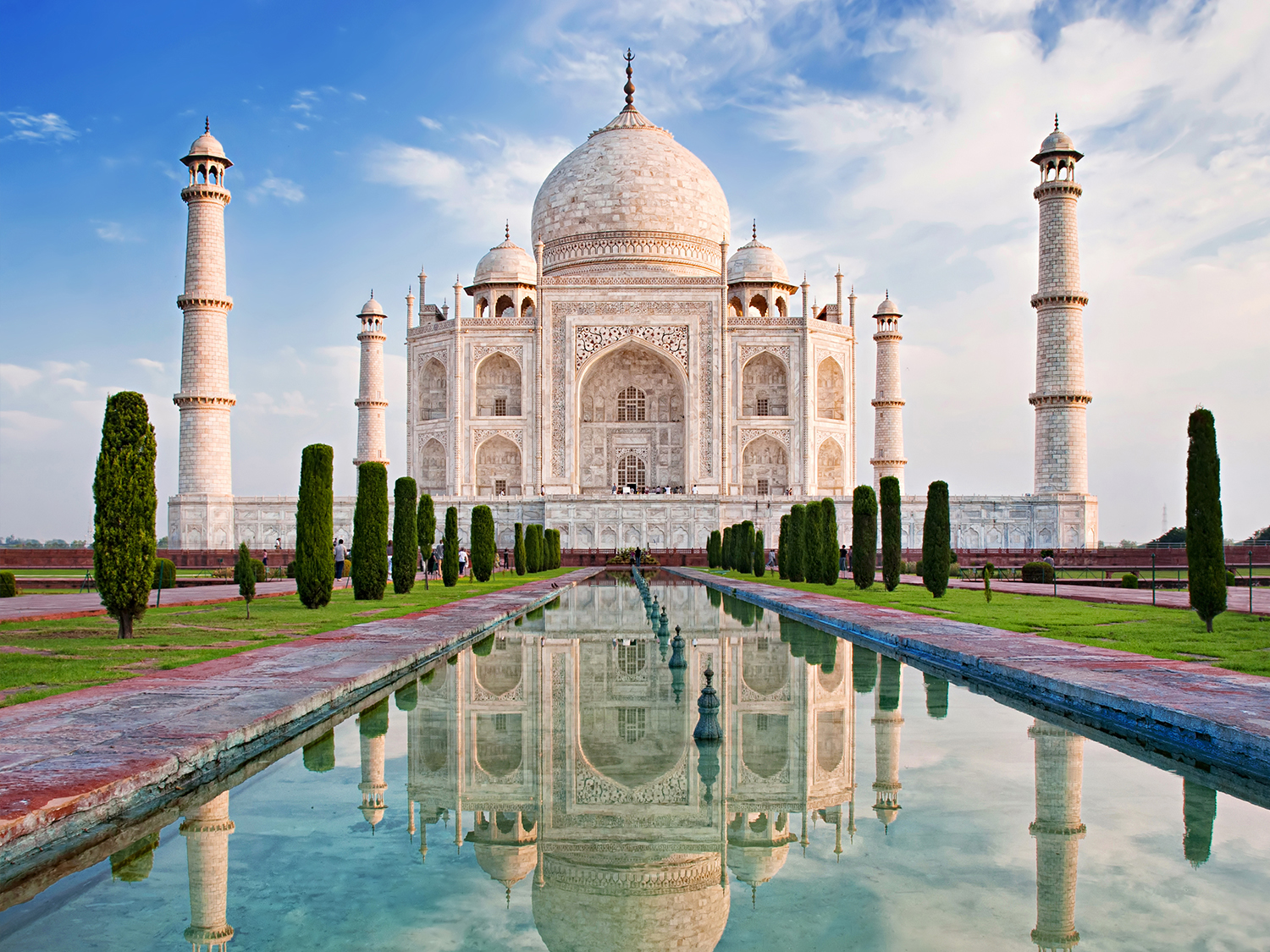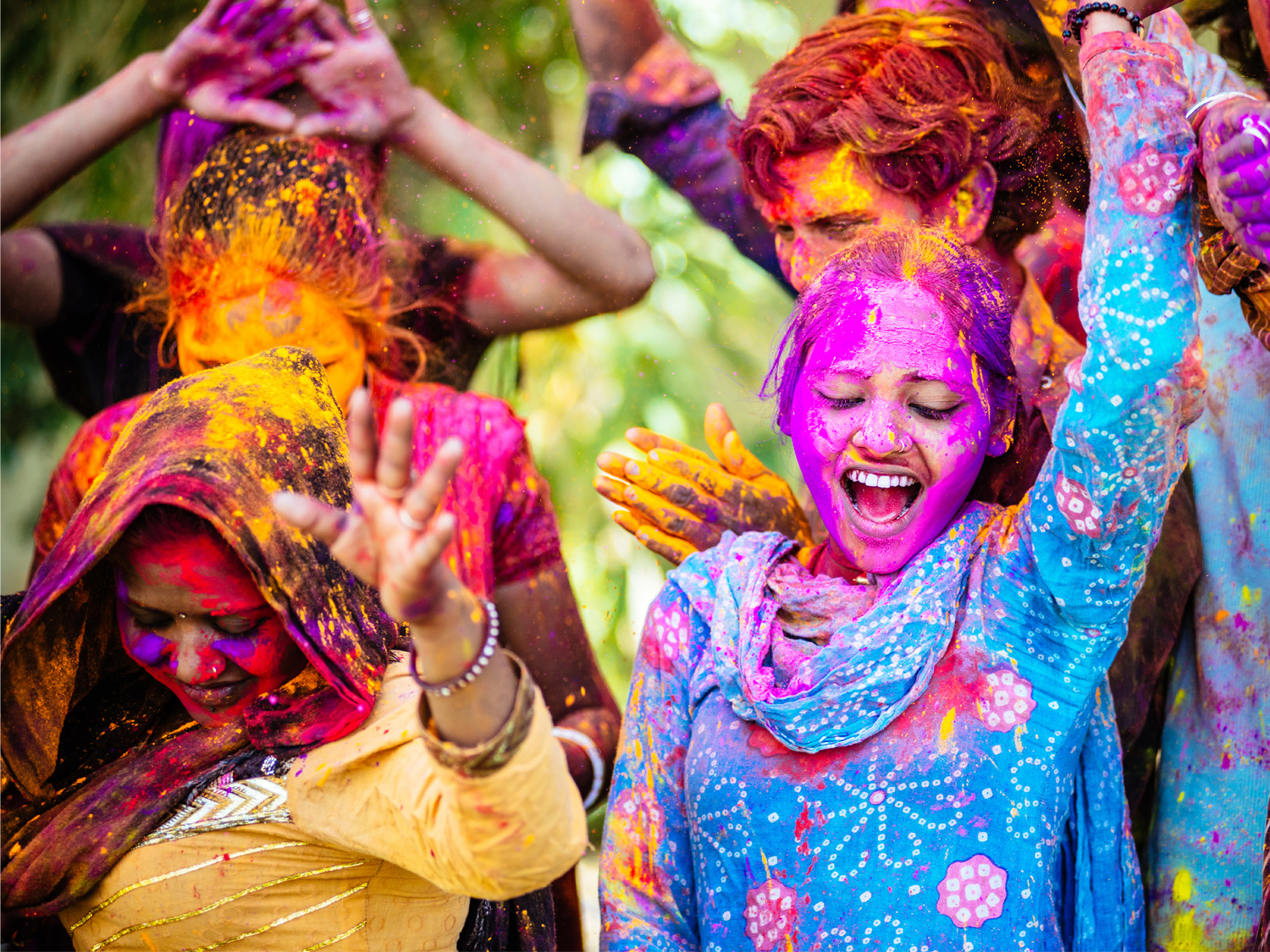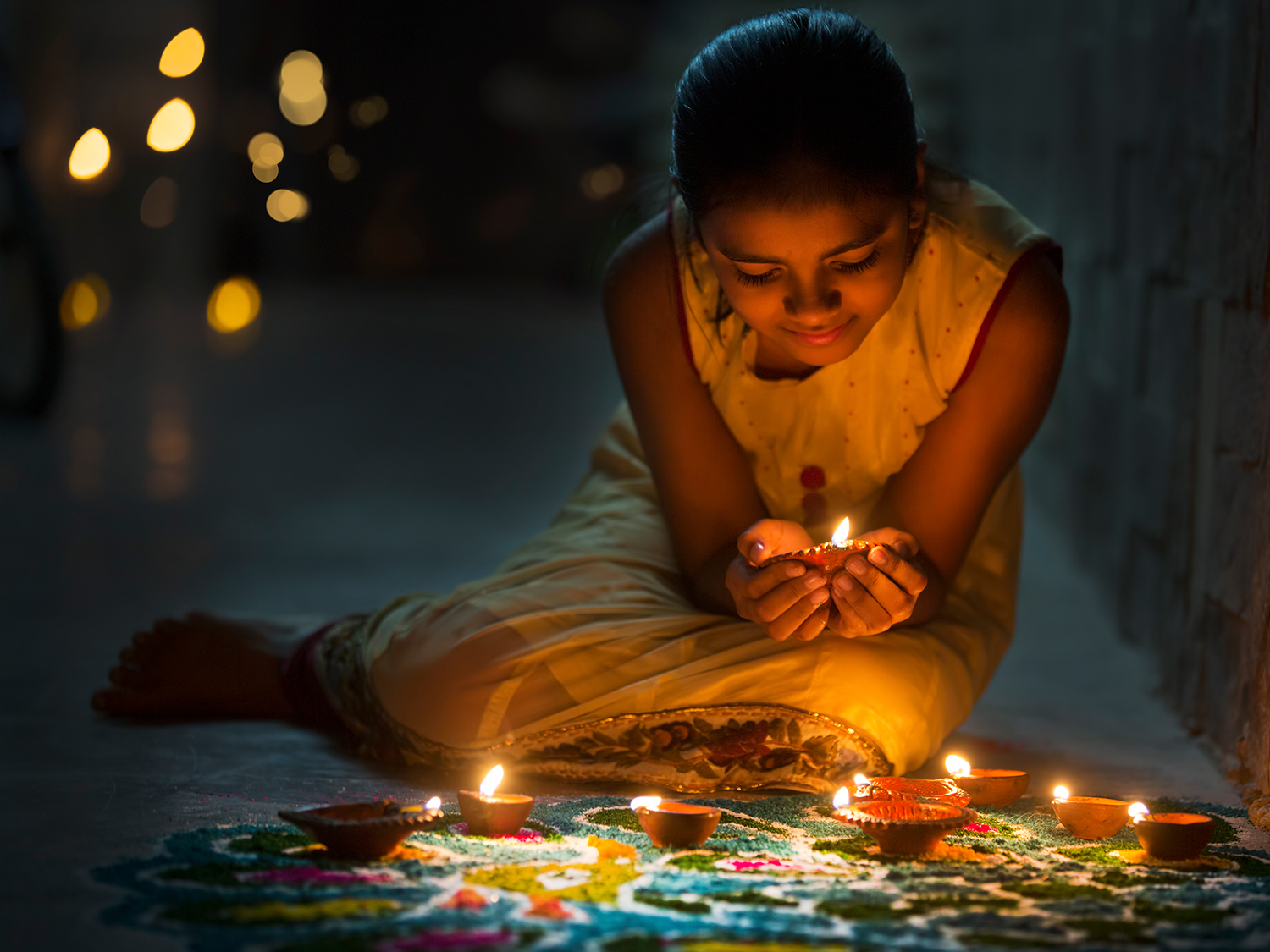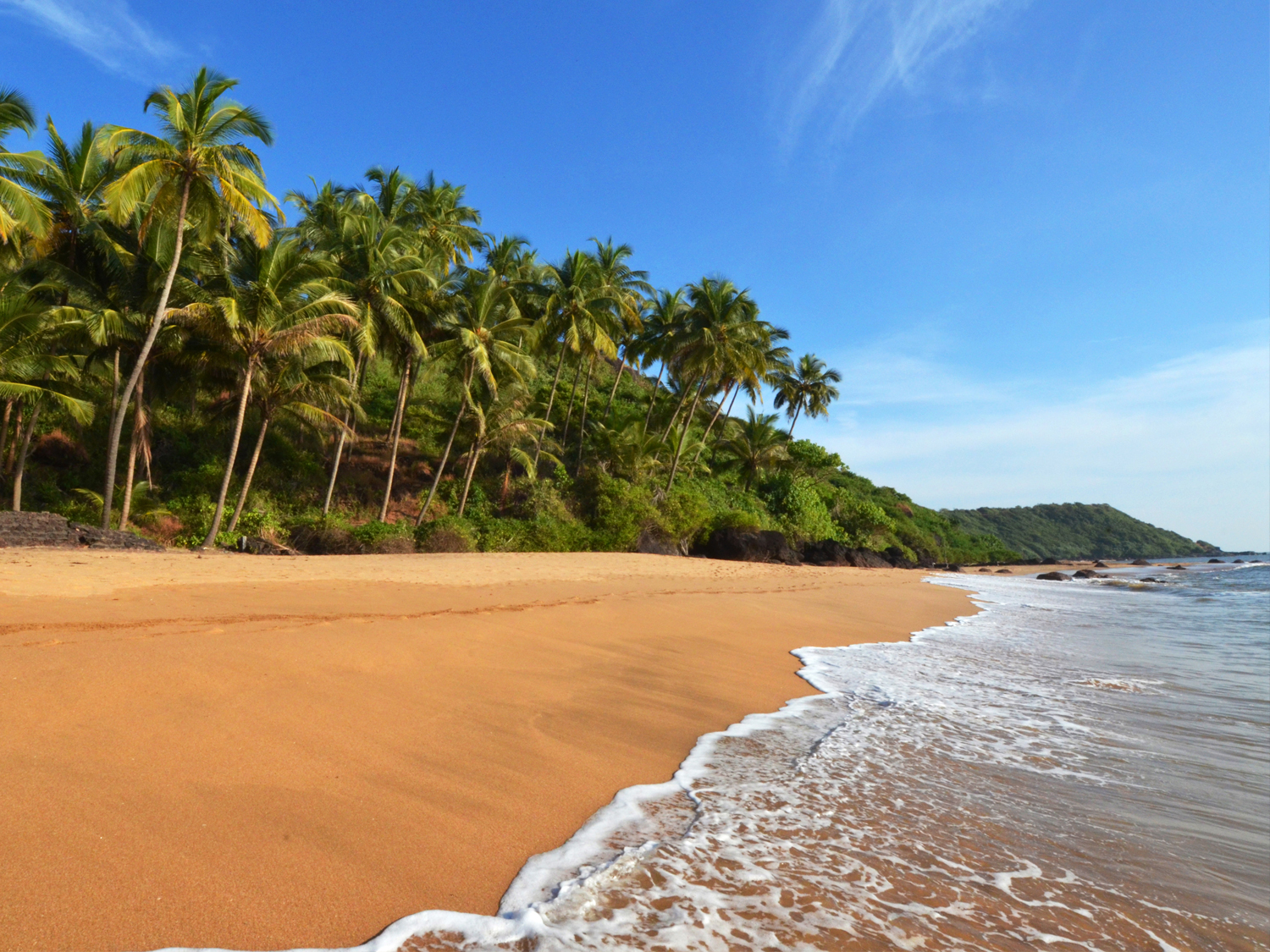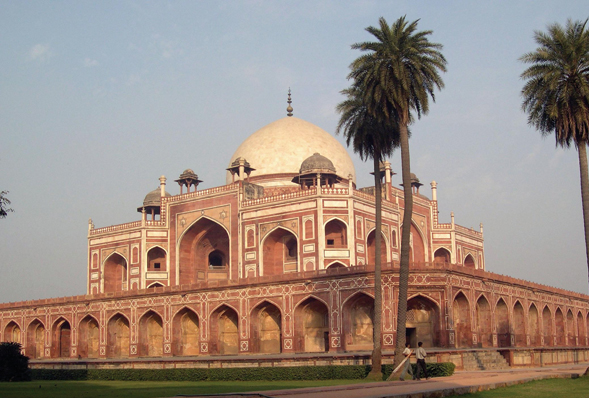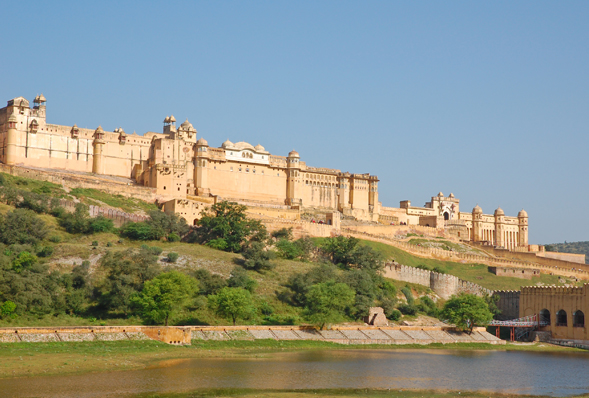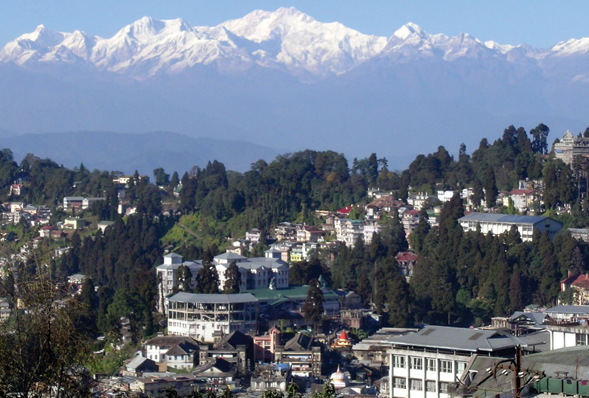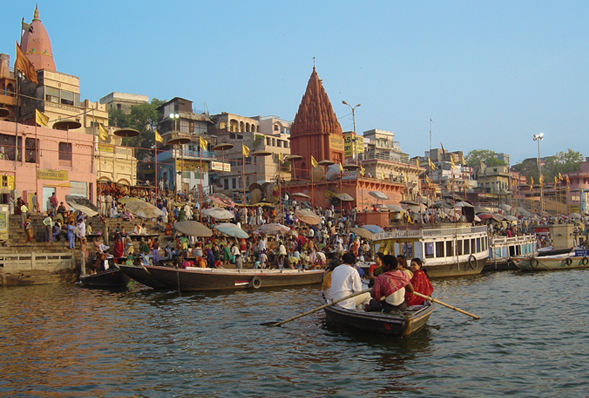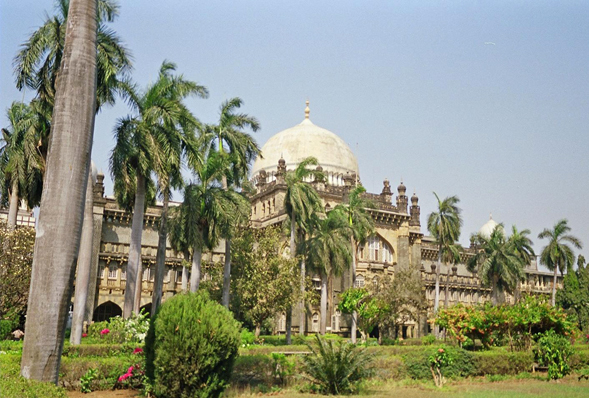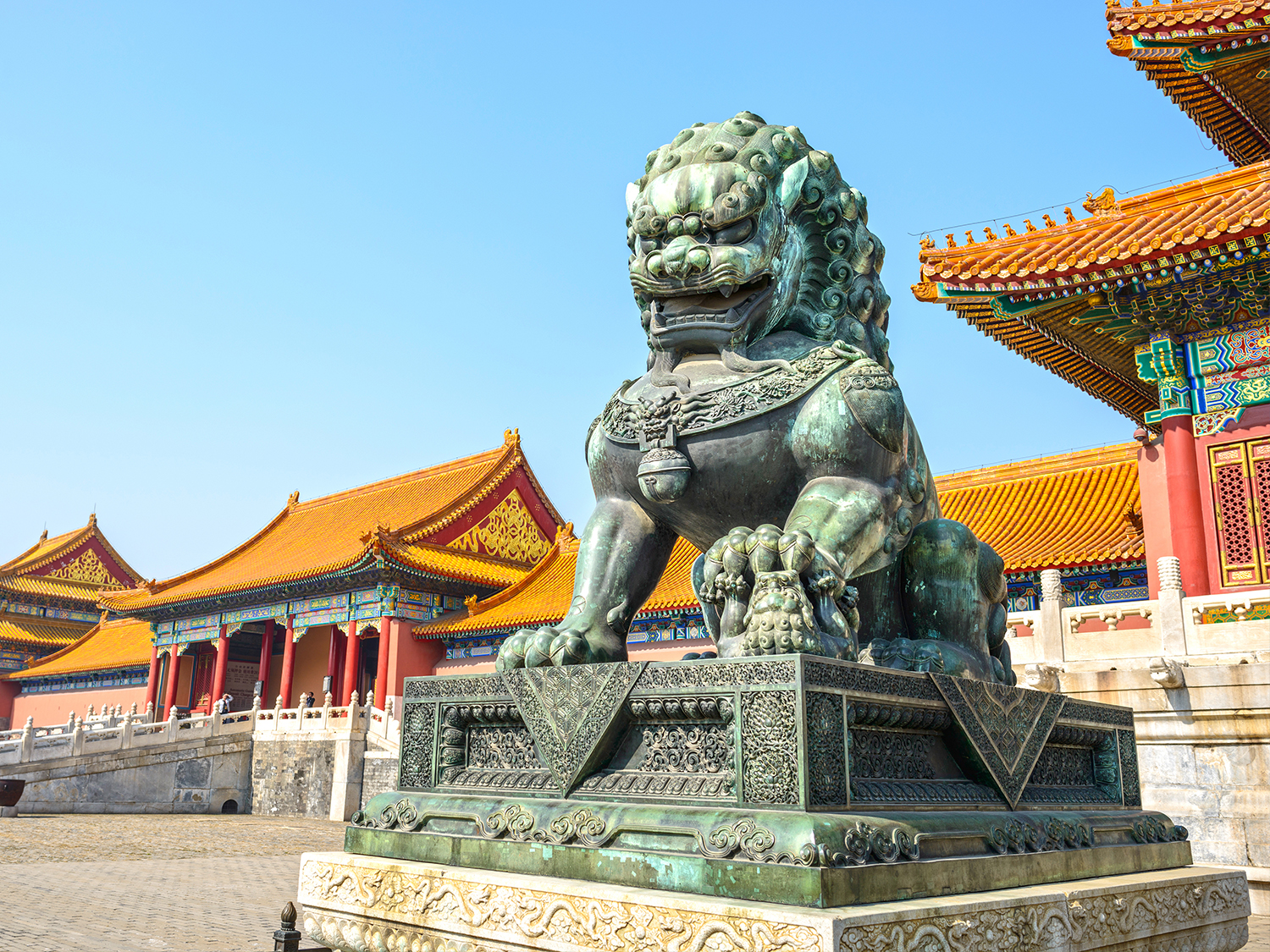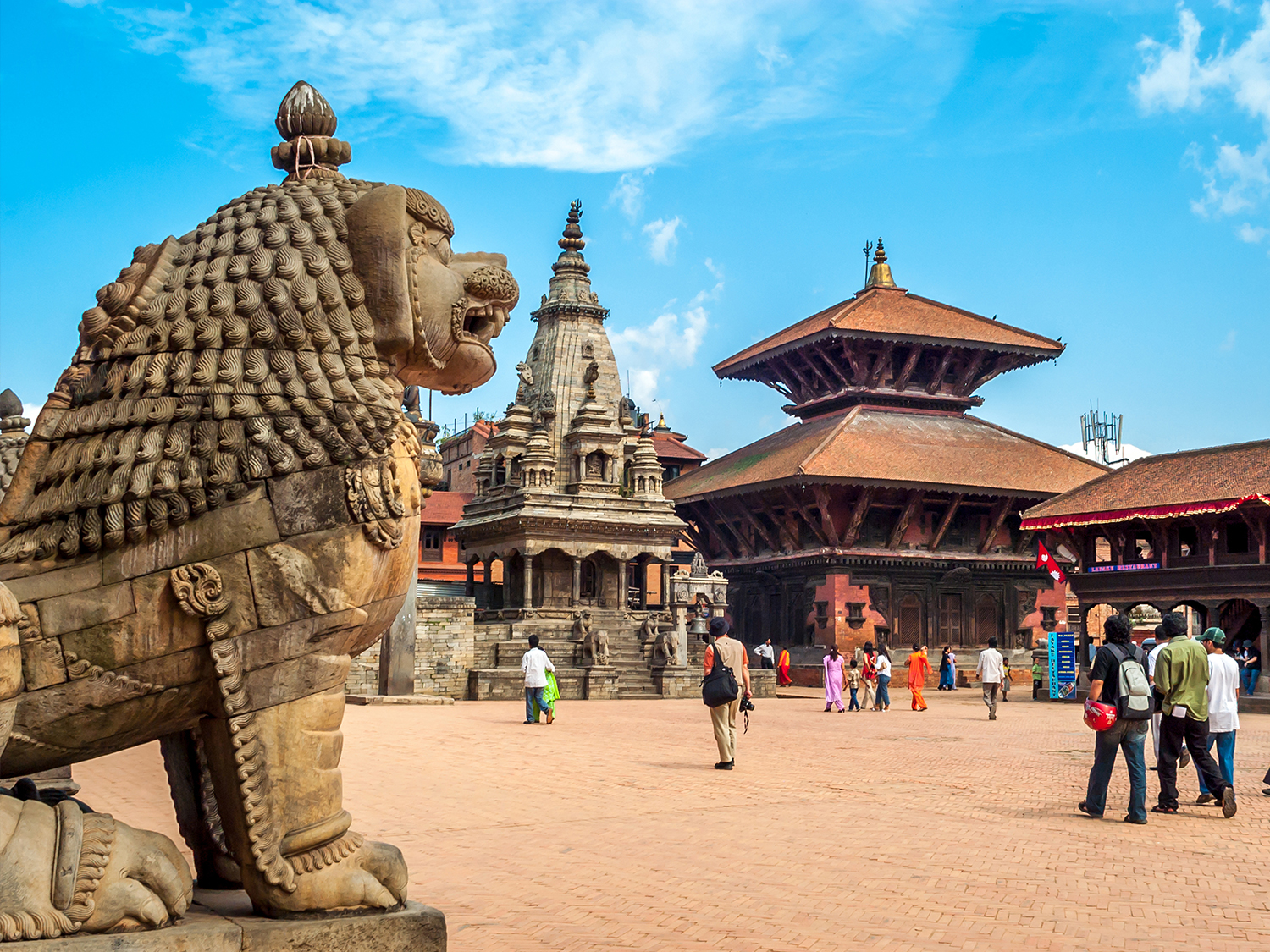Trips and Tours to the Taj Mahal One of the worlds most famous monuments and a symbol of everlasting love, the Taj Mahal is a must see on your tour of India
When do you want to go?
2024
I'm flexible
Passengers
Adults (18+)
Children (0 - 17)
Visit the Taj Mahal
The Taj Mahal, one of the most iconic monuments in the world, is a stunning symbol of love and architectural brilliance. Located in Agra, India, this magnificent white marble mausoleum was commissioned in 1632 by the Mughal Emperor Shah Jahan in memory of his beloved wife Mumtaz Mahal. Combining elements of Persian, Islamic, and Indian architectural styles, the Taj Mahal stands as a UNESCO World Heritage Site and a testament to the grandeur of the Mughal era. Its intricate carvings, beautiful symmetry, and ethereal reflection in the Yamuna River make it a breathtaking masterpiece admired by millions globally.
Tours to the Taj Mahal
We have a range of tours visiting the Taj Mahal and India’s surround areas. Take a tour of India’s Golden Triangle visiting Delhi, Jaipur and the Taj Mahal in Agra. Or take a wildlife detour to Ranthambore National Park to see tigers and travel down to the beaches of Goa for the perfect blend of wildlife, relaxation, and history. Whatever your interest we are sure to have the perfect India tour for you, featuring a visit to the Taj Mahal, of course.
What to expect when visiting the Taj Mahal
When visiting the Taj Mahal expect to be captivated by its sheer beauty and grandeur. As you approach the main entrance you catch your first glimpse of the majestic white marble structure. The atmosphere around the complex is vibrant yet serene, with tourists, guides, and photographers all eager to capture its magic. The symmetrical layout of the gardens, fountains, and pathways leading to the mausoleum are the first stunning architectural marvels you see and, as you get closer, you'll notice the intricate details of the Taj Mahal’s architecture. With its exquisite marble inlay work, delicate floral patterns, and Quranic inscriptions. Once inside, you'll enter the central chamber, where the cenotaphs of Shah Jahan and Mumtaz Mahal lie, though their actual graves are in a lower part of the chamber.
The Taj Mahal also offers a sensory experience, especially during sunrise or sunset when the white marble seems to change colours, shifting from soft pinks to dazzling whites and golden hues. The tranquillity of the Yamuna River flowing nearby adds to the peacefulness, making the visit feel almost dreamlike. Be prepared for some crowding, especially at popular times, but the monument's timeless beauty always shines through, leaving a lasting impression.
The history of the Taj Mahal
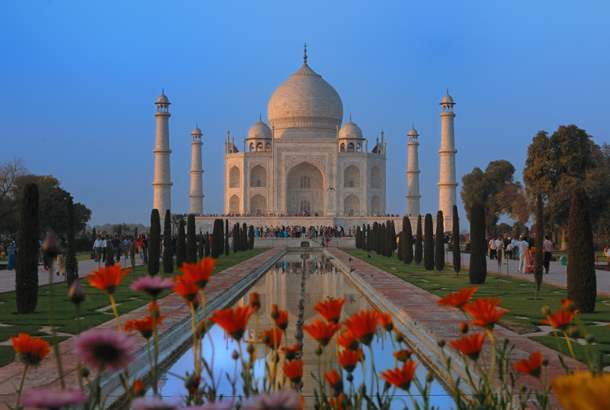
The history of the Taj Mahal begins during the Mughal Empire as is the remains of an epic love story. Built between 1632 and 1653, it was commissioned by the Mughal Emperor Shah Jahan in memory of his favourite wife, Mumtaz Mahal, who died during childbirth. Overcome with grief, Shah Jahan vowed to create a monument as beautiful as their love. The Taj Mahal became the result of this vision, with thousands of artisans and craftsmen from across India and Central Asia contributing to its construction. Its design reflects a fusion of Persian, Islamic, and Indian architectural influences, making it a masterpiece of the Mughal architectural tradition. Beyond being a mausoleum, the Taj Mahal also serves as a symbol of the empire's artistic and cultural peak. However, following its completion, Shah Jahan's reign ended in political turmoil, leading to his imprisonment by his own son, Aurangzeb. He spent his final years gazing at the Taj Mahal from afar, where he was later entombed alongside his beloved Mumtaz, solidifying their eternal bond.
When is the best time to visit the Taj Mahal
The best time of year to visit the Taj Mahal is during the cooler months, from October to March. During this period, the weather in Agra is pleasant, with mild temperatures that make exploring the monument and its surrounding areas more comfortable. The skies are generally clear, providing perfect conditions for viewing the Taj Mahal in all its splendour, particularly during sunrise and sunset when the marble changes colours in the soft light. Winter mornings may bring a bit of mist, adding a mystical aura to the monument, while evenings are cool and ideal for walking through the gardens.
Conclusion
Visiting the Taj Mahal is a truly unforgettable experience that captures the essence of India's rich history, architectural brilliance, and timeless beauty. As you stand before this iconic symbol of love, you'll be mesmerized by its intricate details, shimmering white marble, and the serene gardens that surround it. Whether you're marvelling at the sunrise glow or witnessing the monument under the moonlight, the Taj Mahal offers a journey through time and emotion. A visit to this UNESCO World Heritage Site is not just a trip; it's an immersion into one of the world's most remarkable wonders, leaving you with memories to cherish forever.
Frequently asked questions
What are the visiting hours for the Taj Mahal?
The Taj Mahal is open from sunrise to sunset (approximately 6:00 AM to 6:30 PM), every day except Fridays, when it is closed for prayers. There are also special night viewings on full moon nights and two nights before and after, from 8:30 PM to 12:30 AM. On our tours featuring visitis to the Taj Mahal you will be escorted to the mausoleum by our guide so there is no need to worry about transport or timing.
Is there a dress code for visiting the Taj Mahal?
While there is no official dress code, it is advisable to dress modestly, covering shoulders and knees, as the Taj Mahal is a cultural and religious site. Comfortable walking shoes are also recommended due to the large area to explore.
Are there any restrictions on what I can bring inside the Taj Mahal?
Yes, certain items are prohibited, including large bags, food, tripods, drones, and smoking materials. You are allowed to bring water bottles, a camera, and small bags. Security checks are in place at the entrance.
Can I take photos inside the Taj Mahal?
Yes, photography is allowed in most parts of the Taj Mahal complex. However, taking photos inside the main mausoleum is prohibited, and you should respect the rules and signs posted throughout the site.
How long does it take to tour the Taj Mahal?
A typical visit to the Taj Mahal can take around 2-3 hours to explore the grounds, gardens, and the monument itself. However, visitors often spend more time to take in the beauty and details at their own pace.
Is there food available near the Taj Mahal?
There are no food stalls inside the complex, but there are several restaurants and cafes nearby offering a range of local and international cuisine. It’s best to eat before or after your visit since food isn’t allowed inside.
India guides
Check out these India guides to help you plan your upcoming trip!
Tours to similar destinations!
Our customers say
Excellent
4.4 out of 5 based on 275 reviews
